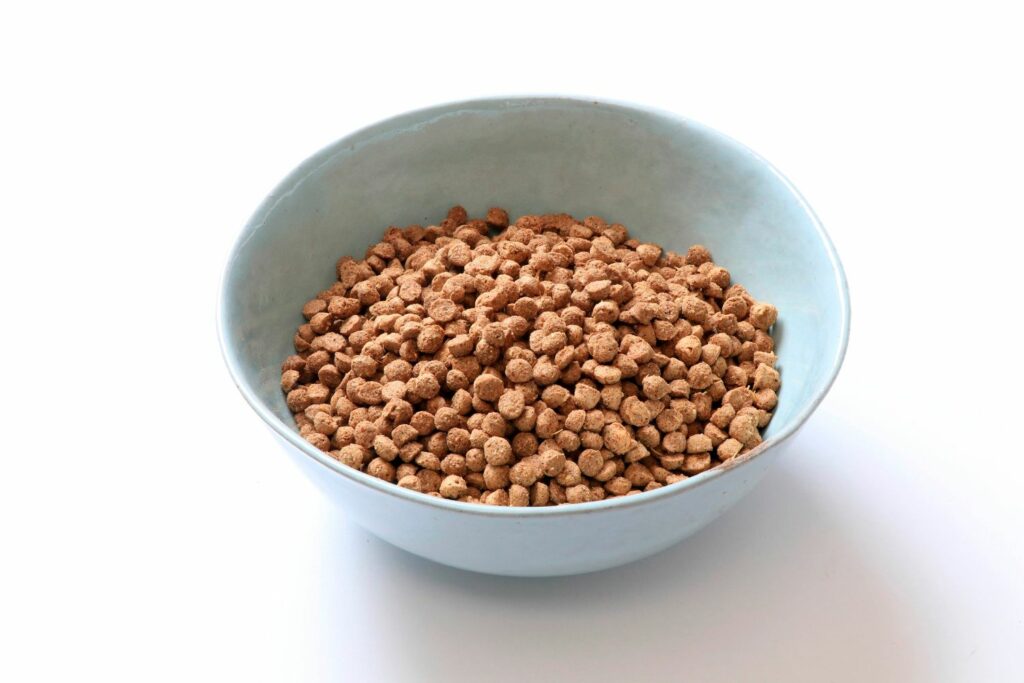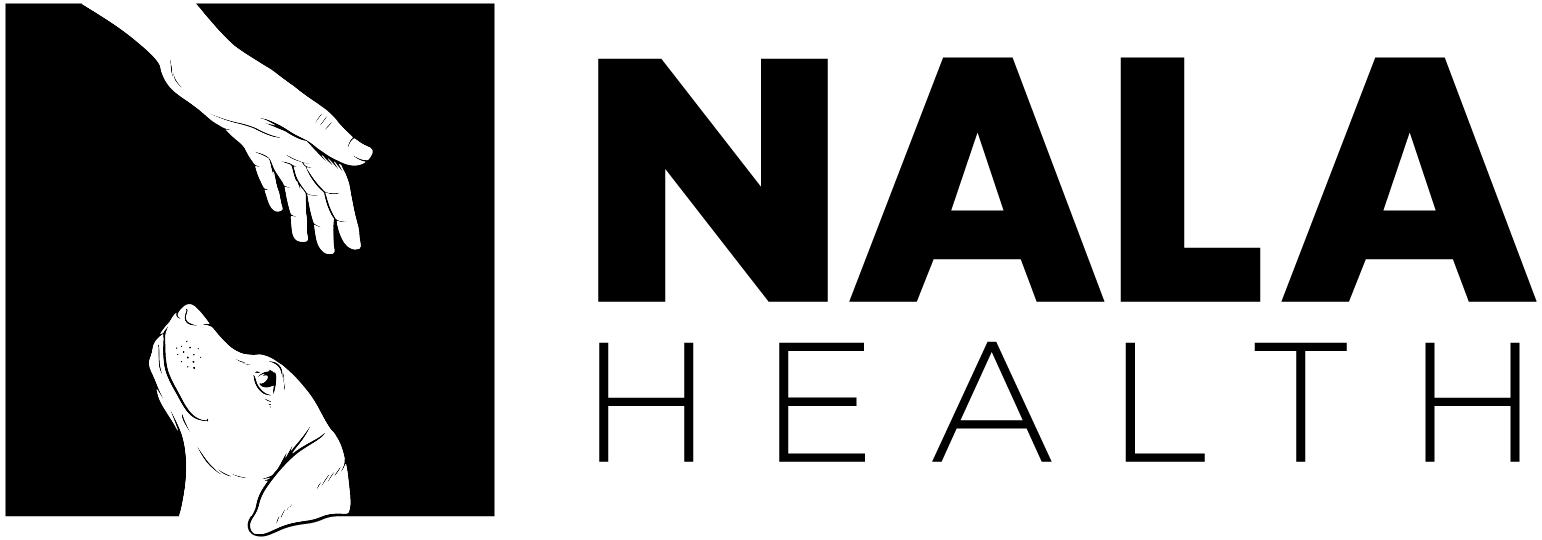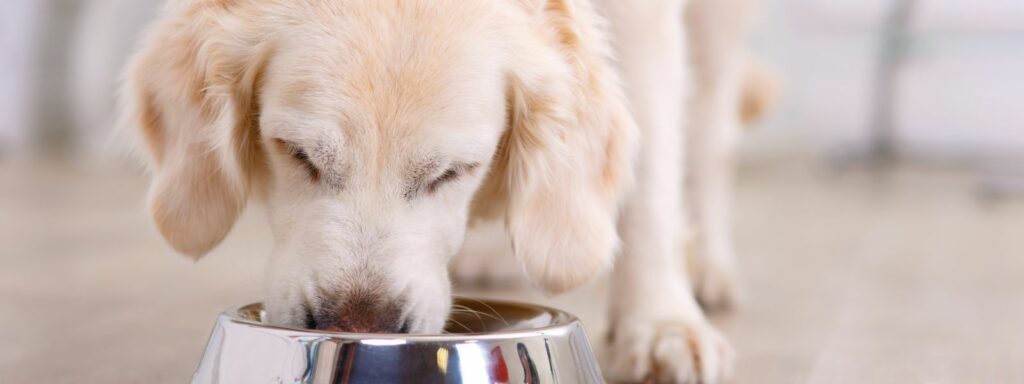Chitin in Dog Food
 Cecilie Hemsen Berg
Cecilie Hemsen Berg
In recent years, pet food manufacturers have turned their focus towards alternative protein sources to meet the growing demand for sustainable and nutritionally rich diets for our furry companions. One such source, which has stirred a lot of interest, is insect protein. As insect protein contains chitin, it’s vital to understand its health benefits for dogs, as well as potential risks when consumed in excess.
What is chitin?
Chitin is a fibrous substance consisting of polysaccharides and is the basic structure and main component in the exoskeleton of arthropods, crustacean shells and the cell walls of fungi. Its function is to cover, support, and protect their body.

Mushrooms, prawns, lobsters, and insects are sources of chitin, a complex made of amino sugars. The concentration of chitin can vary, especially in edible insects, where it spans from 5% to 15%. When ingested in appropriate amounts, chitin serves as an excellent source of insoluble fibre, or prebiotic, nourishing gut microorganisms. This promotes the proliferation of beneficial bacteria within the digestive tract. Furthermore, chitin boasts notable antioxidant attributes.
Benefits of chitin for dogs
Digestive health
A primary advantage of insect protein for your dog’s diet lies in the prebiotics, particularly chitin, found in the insect’s exoskeleton. For optimal canine health, it’s crucial to ensure a balanced intake of both probiotics and prebiotics, which work synergistically to foster a vibrant gut microbiome. Recent studies have increasingly underscored the significance of a robust microbiome for overall health. This emphasis extends beyond merely treating certain conditions; a healthy gut plays a pivotal role in disease prevention, overall wellness, and even mental well-being. Moreover, an imbalanced gut can be a precursor to allergies, food sensitivities, infections, bowel inflammation, and myriad other health concerns.

Stool consistency
The insoluble fibre in chitin can also aid in promoting healthy bowel movements in dogs. When dogs consume appropriate amounts of chitin, it can serve as a binding agent, adding bulk to their stools. This bulkiness can be particularly beneficial for dogs that may have softer or irregular stools, as it fosters more consistent and well-formed faeces.
Risks of Excessive Chitin
While chitin boasts several health benefits, it’s essential to maintain moderation. The following are potential risks associated with excessive chitin consumption:
- Digestive Upsets: Too much chitin might lead to gastrointestinal disturbances, including diarrhoea or constipation in some dogs.
- Nutrient Imbalance: Like any ingredient, excessive content of one nutrient might crowd out other essential nutrients. A balanced diet is key.

How insect manufacturers controll chitin levels
As chitin is a natural component of the insect’s exoskeleton, its presence is inevitable, but its quantity and quality in the final product can be managed through several strategic practices. The insect protein that is used in Nala Health undergoes quality and nutrition testing to ensure the final product is of the highest quality containing a beneficial balance of chitin.
Chitin levels in black soldier fly larvae can vary depending on their life stage. As larvae have different chitin content compared to pupae or adults, the insect protein used in Nala Health is harvested at crucial life stages where the chitin levels are at a desired level.

Some manufacturers also implement processing techniques to ensure the optimal levels of chitin is included in the final product. These processes include:
- De-chitination: This method uses enzymes or chemicals to break down some of the chitin, thereby reducing its content in the final product.
- Mechanical Processing: Techniques like milling and sieving can be used to reduce chitin particle size, improving its digestibility without necessarily reducing its overall content.
- Defatting: Removing fat can sometimes lead to a concurrent reduction in chitin, given its close association with the insect’s structure.
Blending can also be a strategy for both insect and pet food manufacturers. If the chitin level in a particular batch is higher than desired, manufacturers can blend it with another batch that has a lower chitin content to achieve a balanced end product. Pet food manufacturers can also choose to blend their insect protein with other sources such as fish, chicken and beef to reduce the chitin levels in their food as well as introduce other flavours.
Chitin adds beneficial fibre to dog food, which is important for gastrointestinal health. However, it is necessary to ensure that the food contains a balanced content of chitin to ensure our dogs enjoy the benefits of this prebiotic. Nala Health’s insket protein contains a beneficial level of chitin to promote your dog’s health.

